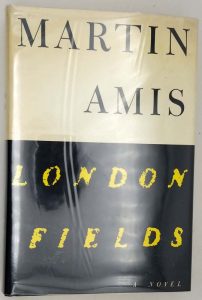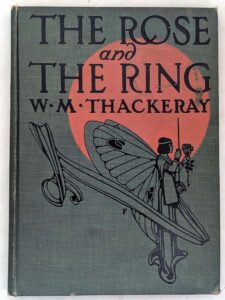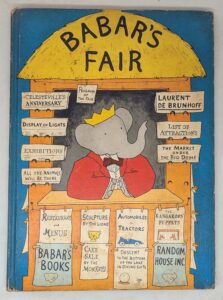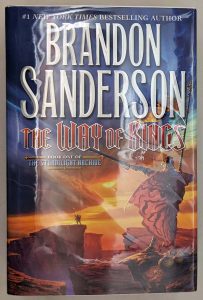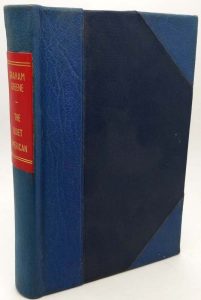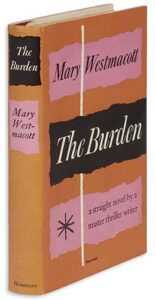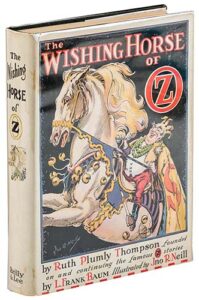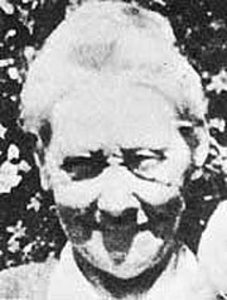Kenneth Grahame – British novelist, 1859-1932
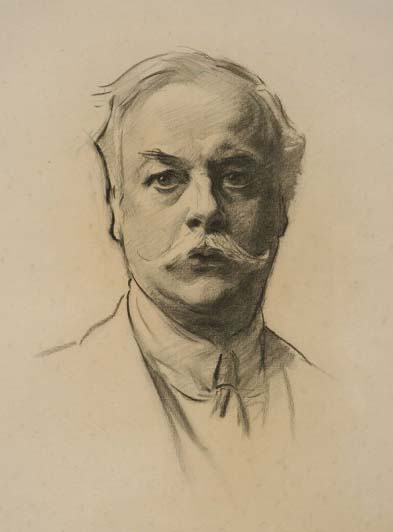
British novelist, 1859-1932. A. A. Milne, author of the Winnie the Pooh stories, once called Kenneth Grahame’s Wind in the Willows a “household book.” And so it has become, with over a hundred editions and countless numbers in print, treasured by their owners and passed on to the upcoming generation as a children’s classic.
Its creator was an unlikely candidate for this elevated status in the world of children’s literature. Born in Edinburgh, Scotland, Grahame was taken to England to live with his grandmother after his mother’s death. His father, unable to deal with the grief of loss, disappeared onto the Continent. While Granny Ingles provided all the necessary physical comforts, there was not much warmth and affection shown toward the Grahame children. Grahame, however, was captivated by the Berkshire Downs where they lived and eventually made them the backdrop for his beloved story of Rat, Mole, Toad, and Mr. Badger.
Kenneth Grahame attended St. Edwards School in Oxford, inhere he began dabbling in writing but was forced by family pressure to apply for a clerkship at the Bank of England. Much of his early writing expressed resentment toward the ethic that revered the “real work” of a bank clerkship over the work of an artist. In 1879, at age thirty-nine, Grahame became one of the youngest secretaries in the history of the Bank of England. He was, however, ever rebellious as he pursued his social life in the various restaurants of Soho populated with the literary stars of the times.
It was here that he fortuitously met with the great literary scholar E J. Fumwall and the poet W. E. Henly. During this period he was introduced to neopaganism, the literary cult of Pan, which reinforced his own views on organized religion and pastoral escape. His first gathering of essays, Pagan Papers, was published in 1894. In 1895, The Golden Age (Illustrated by Maxfield Parrish in 1900) written in nostalgic praise of childhood, became the bible for children’s writers and eventually an important source for the ideas in The Wind in the Willows.
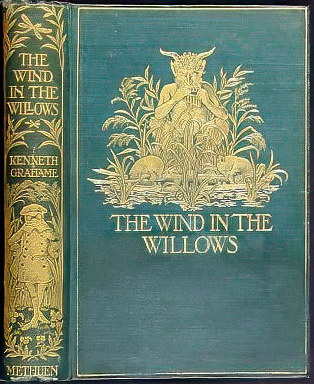
In 1899, Grahame married. Although the marriage was not a happy one, the Grahames’ son, Alastair, was the inspiration for the wonderful stories told at bedtime or, when he and his father were apart, in letters. In 1907, these stories were first published as First Whisper of the Wind in the Willows. Grahame then wrote out the stories as a novel, adding the two mystical chapters, “Pipers at the Gates of Dawn” and “Wayfarers All.” Much of Grahame’s own life can be seen in The Wind in the Willows. Some say that Mole was Grahame trying to relocate the child within himself. Willows reflects the townsman’s nostalgic view of country life.
The adventures of Mr. Toad, the part written especially for the adventure-hungry Alastair, serve as the main plot device. Mole is allowed his philosophical musings when Mr. Toad is flying off to follow yet another scheme. Each character is always anxious to return to his home, but Rat’s home seems to be the most appealing, a reflection of Grahame’s own propensity toward the peace and tranquillity of river life. He himself, like Rat, was especially happy just “messing about in boats.”
Early in the 1930s Ernest Shepard (illustrator also for all of A.A. Milne’s writings about Christopher Robin and Winnie the Pooh) visited Kenneth Grahame to discuss Shepard’s ideas for illustrations for the book. He was urged by an elderly Grahame: “I love these little people, be kind to them.” Since Grahame’s death in 1932, numerous editions have appeared, illustrated by artists including E. H. Shepard, Arthur Rackham, Tasha Tudor and Michael Hague.
Even though The Wind in the Willows has been criticized for its old-boys’-club atmosphere, the writing is rich and the sense of place genuine, as is the expression of fondness for each of the characters, their sense of friendship, and the exaltation of nature. It is truly one of the classic read-aloud books that should not be missed by any family.
A.I.
Source: Children’s Books and their Creators, Anita Silvey.
Kenneth Grahame Works
- Pagan Papers (1893)
- The Golden Age (1895)
- Dream Days (1898), including “The Reluctant Dragon” (1898)
- The Headswoman (1898)
- The Wind in the Willows (1908), illustrated by Ernest H. Shepard
- Bertie’s Escapade (1949), illustrated by Ernest H. Shepard
